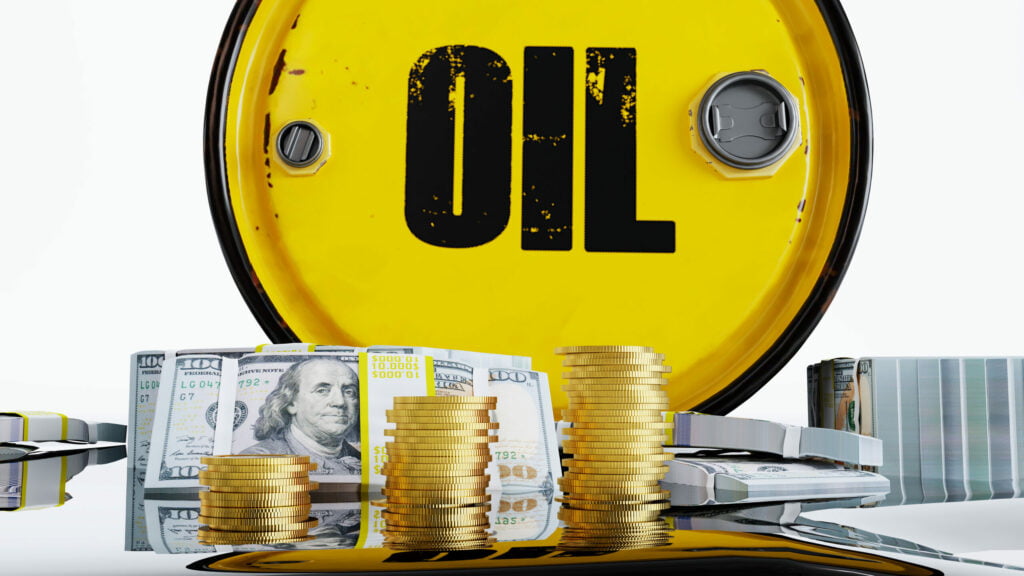DAX Resilient Despite Manufacturing Weakness
Despite losses in the previous session, the DAX index is poised for a mildly positive start as investors assess the latest data from Germany. Industrial production in Germany increased by 0.3% month-on-month in April, recovering from the 3.4% decline in March. However, concerns persist as recent German manufacturing PMI data revealed the sector’s fastest contraction in three years. Additionally, German factory orders unexpectedly dropped by 0.4% in April. These figures paint a gloomy outlook for the German economy, raising concerns that the recession may extend into the second quarter. While the data supports a potential pause from the European Central Bank (ECB), central bank officials remain supportive of further tightening. Investors are also monitoring weaker-than-expected China trade data, which exhibited a 17% plunge in exports and a 7% decline in imports, highlighting concerns about China’s economic recovery. Nevertheless, expectations of a potential pause in rate hikes from the Federal Reserve are limiting the downside. The market currently prices in an 81% probability of the Fed keeping rates on hold next week. With a quiet economic calendar ahead, trading activity could remain subdued.
DAX Outlook – Technical Analysis
The DAX continues to trade within an ascending channel. However, the recent upward momentum has stalled, and the index has been trading within a narrow range over the past two weeks, with resistance at 16,100 and support at 15,625. The Relative Strength Index (RSI) is nearly neutral. Buyers will be looking for a breakout above 16,100 to target 16,335 and potentially reach fresh all-time highs. Conversely, sellers will be monitoring a break below the rising trendline support at 15,730, which could lead to a test of 15,625 and a lower low.
Oil Prices Slide on Economic Slowdown Concerns, Await EIA Data
Oil prices are declining, reversing the gains made after Saudi Arabia’s decision to cut output. Weaker-than-expected Chinese trade data, coupled with concerns about a US recession, are weighing on oil prices, which had initially rallied by up to 3% following the OPEC+ meeting earlier in the week. China, the largest oil importer globally, witnessed its trade surplus drop to a 13-month low in May due to a significant decline in exports, signaling weakened foreign demand for Chinese goods and decreased imports, reflecting weak domestic demand. This data adds to the recent string of soft data from China, raising concerns about the strength of the post-pandemic recovery and challenging expectations of record-high oil demand in the coming months. Furthermore, weaker data from the US, including sluggish service sector growth and a slowdown in Australian GDP, along with rising concerns about the outlook in Germany and Europe, contribute to fears of a global recession, which could exert further pressure on oil prices. However, the downside is limited by the latest API data showing larger-than-expected reductions in oil stockpiles, driven by the ramp-up of the US summer driving season. Nonetheless, rising gasoline and distillate inventories cast doubts on the extent of demand improvement. Traders are awaiting the EIA inventory data for further insights.
Oil Outlook – Technical Analysis
The price of oil has slipped to $71.50 after failing to break above the 50-day simple moving average (SMA), giving sellers a glimmer of hope. The RSI is neutral, offering few signals. Sellers will be monitoring a move below $70.00, targeting the late May low at $67.00.
Experience the excitement of trading with OFP – sign up today!

